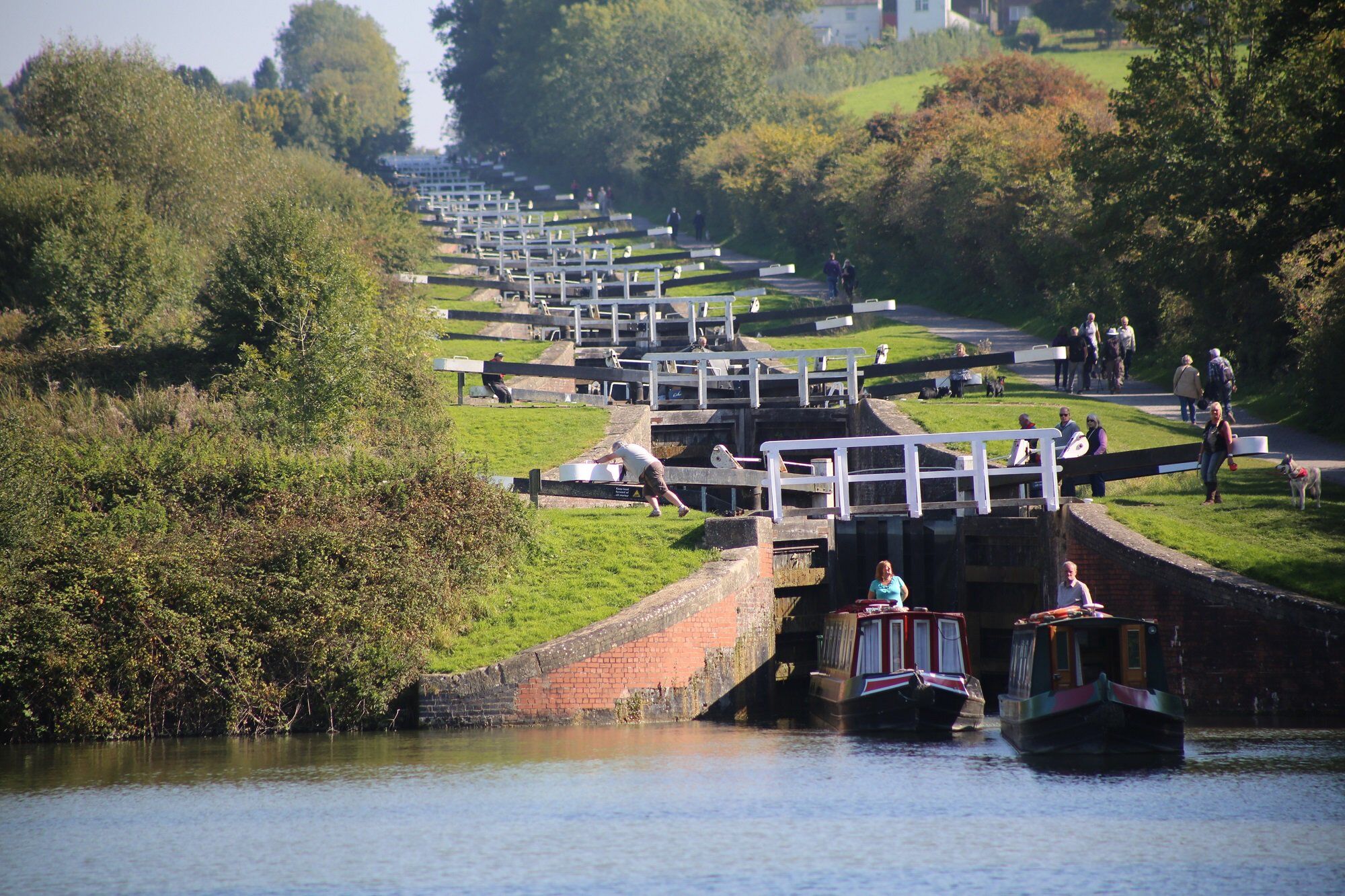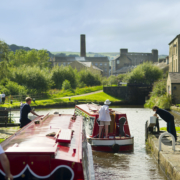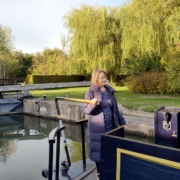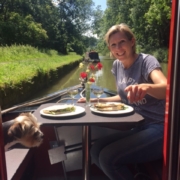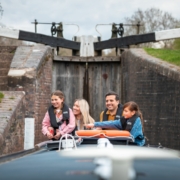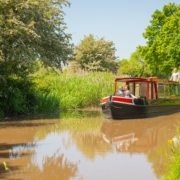Head to one of the Seven Wonders of the Waterways
Why not head to one of the Seven Wonders of the Waterways on your next canal boat holiday.
The list of the ‘Seven Wonders of the Waterways’ was compiled 66 years ago by Robert Aickman. He was the co-founder of the Inland Waterways Association (IWA). These amazing structures are still functioning today and make great destinations.
If you’d like to head to one of the Seven Wonders of the Waterways on your next canal boat holiday, here’s a guide to our nearest bases:
1. The Pontcysyllte Aqueduct
Carrying the Llangollen Canal 38 metres high above the River Dee, the World Heritage Status Pontcysyllte Aqueduct is the highest and longest aqueduct in Britain. It was built between 1795 and 1805. It has 18 magnificent stone piers, supporting a 307-metre long trough for the canal to run through. Our base at Trevor is right next to the Pontcysyllte Aqueduct.
2. The Anderton Boat Lift
Also known as ‘The Cathedral of the Canals’, this extraordinary structure raises boats 15 metres from the River Weaver to the Trent & Mersey Canal. It was designed by Edwin Clark and opened in 1875. The Anderton Boat Lift consists of two caissons, each large enough to take a barge or pair of narrowboats. In 1983 problems with the mechanism caused the lift to close. But after a Heritage Lottery Funded restoration, it reopened in 2002. Drifters has a narrowboat hire base at Anderton, right next to the Lift.
3. The Caen Hill Flight
With 16 of its 29 locks falling in a straight line, the Caen Hill flight of locks at Devizes is visually the most impressive in the country. The locks were the final link in the Kennet & Avon Canal’s construction, opening in 1810. Sadly by 1950 they had become derelict, but after a major restoration effort, they were reopened HM The Queen in 1990. Drifters’ canal boat hire base at Devizes is at the base of the flight.
4. The Bingley Five-Rise Locks
This spectacular staircase of locks on the Leeds & Liverpool Canal was completed in 1774. The locks raise (or lower) boats 18 metres in five cavernous chambers. They open directly from one to another, with the top gate of one forming the bottom gate of the next. You can head to this wonder of the waterways from our base at Silsden, just six miles away. It takes around 3.5 hours to reach the top of the Bingley staircase from Silsden.
5. The Standedge Tunnel
The Standedge Tunnel runs for over three miles beneath the Pennines. This incredible feat of engineering is the longest, highest and deepest tunnel on the canal system. Cutting through solid rock, it took the navvies 16 years to build. It opened in 1811, but sadly in the 20th century, the Huddersfield Canal fell into disrepair, becoming un-navigable by 1948. After a long restoration programme, both the canal and tunnel were reopened in 2001. Today narrow boat holiday-makers need to book their passage through with a Canal & River Trust chaperone. There’s also a trip boat operating from the Marsden end. Drifters’ nearest base is at Sowerby Bridge, 20 miles and 65 locks away. The journey to Standedge takes around 21 hours (three days).
6. Barton Swing Aqueduct
The 100-metre long Barton Swing Aqueduct was built in 1761 by James Brindley to take the Bridgewater Canal across the River Irwell. It was considered a marvel at the time of its opening. In 1863 the Manchester Ship Canal company decided to use the course of the Irwell at Barton as part of its navigation channel. So Brindley’s Aqueduct was replaced by the Barton Swing Aqueduct. The 1,450 tonne aqueduct swings open, full of water, to allow the passage of ships along the Manchester Ship Canal. Drifters’ nearest base is at Acton Bridge, on the Trent & Mersey Canal near Northwich in Cheshire. From there, it takes around nine hours, travelling 26 miles and through just one lock, to reach the Barton Swing Aqueduct.
7. The Burnley Embankment
The mile-long Burnley Embankment carries the Leeds & Liverpool Canal over 18 metres high across part of the town. It’s also known as ‘The Straight Mile’. It offers boaters breath-taking panoramic views of the Calder Valley and surrounding countryside. The Burnley Embankment spans the Calder Valley. Though costly and difficult to build,it avoided the need for a series of locks. Designed by Robert Whitworth, the embankment was built between 1796 and 1801. It involved the mammoth task of transporting (by horse and cart) around half a million tons of earth from the nearby canal cutting at Whittlefield and tunnel at Gannow. Drifters’ narrowboat hire base at Barnoldswick is just 11 miles away from Burnley. There are seven locks to pass through and it takes around five hours.

